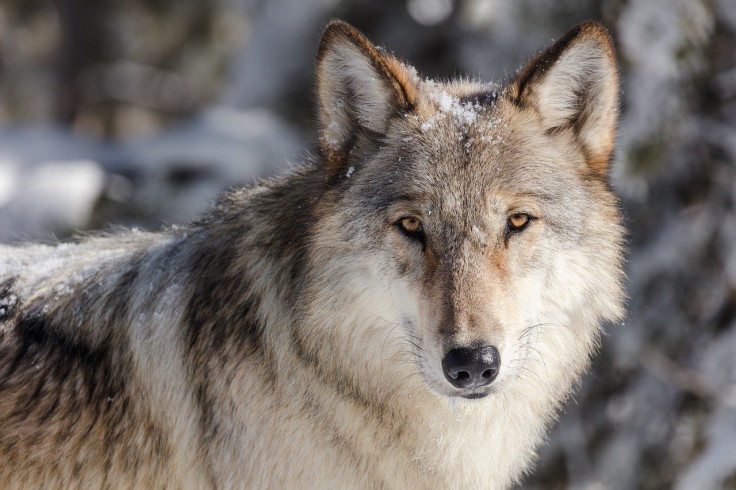Protecting 'All-Star' Teams Of Species Better For Conservation Than Focusing On Charismatic Representatives

KEY POINTS
- Conservation efforts often focus on charismatic representatives such as wolves
- Less charismatic species tend to get sidelined
- Protecting 'all-star' groups of species would achieve better conservation outcomes
- Protecting a team of species could bring conservation efforts together
All over the world, many conservation groups are working to counter the serious decline in biodiversity by protecting representative species. According to the researchers of a new study, there may just be a better way of approaching conservation.
‘Canary In The Coal Mine’
In the quest to protect healthy wildlife biodiversity, conservation groups and wildlife advocates tend to focus on a single, representative species. Like a canary in the coal mine, these representative species serve as the surrogate for the entire threatened habitat.
The problem with this practice, according to the researchers, is that the efforts are often focused on only a few species and, people do not always agree on which species to protect. What’s more, the efforts tend to focus on the more “charismatic” species such as wolves and grizzly bears while other less charismatic yet equally important species get sidelined.
“Conservation efforts often lead to a small proportion of species receiving a disproportionate amount of attention,” the researchers wrote.
Unfortunately, while such practices do help to represent the other animals in the shared environment and perhaps even grab people's attention to the issues, it may also hinder broader conservation goals.
‘All-Star Team'
To address the issue, the researchers began looking into grouping species together to be the representative of a habitat instead of just focusing on a few. To do this, they compared the surrogacy value of over a thousand species in 64 habitats in British Columbia.
Based on their findings, the researchers found that a group of five to 10 game and non-game species would be the best combination for a surrogate group for conservation.
“We discovered what we called an ‘all-star’ team of species for each of the province's nine wildlife management units, as well as an all-star team for the province as a whole,” study co-author Sarah Falconer said. “Our findings suggest that if we commit to preserving these collections of species rather than just the charismatic megafauna, we're likely to achieve much better conservation outcomes.”
Simply put, the researchers found a way to protect a collection of species rather than just a few representatives and, bring various conservation efforts to work together.
“Perhaps we should not be focusing on figuring out which species is the best conservation surrogate, but which groups of species bring the most people together to protect the most biodiversity,” co-author Adam T. Ford said.
The study is published in the Canadian Journal of Zoology.
© Copyright IBTimes 2025. All rights reserved.






















